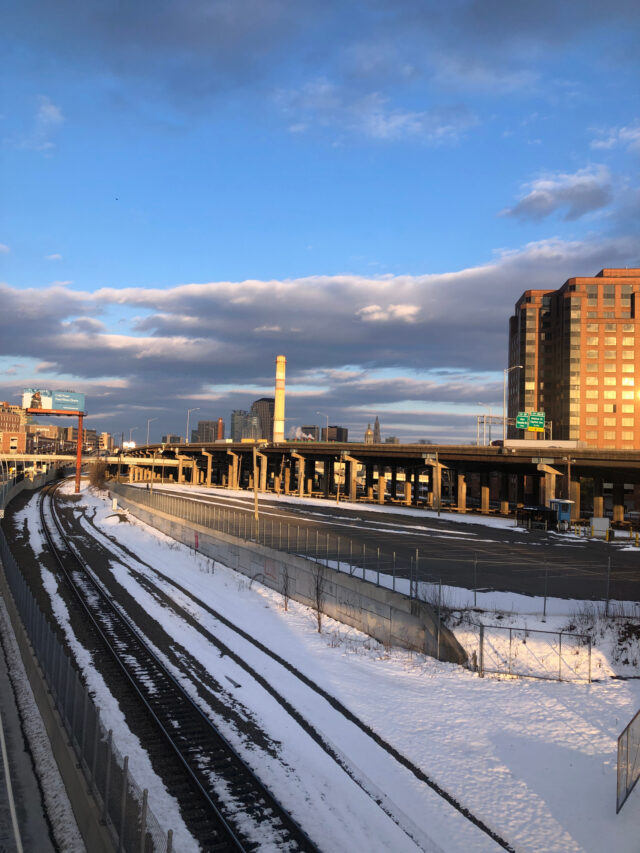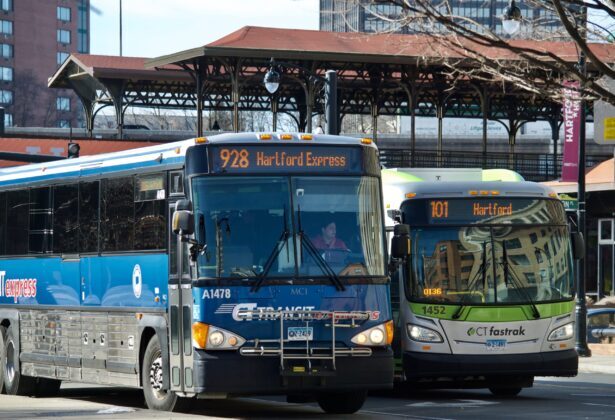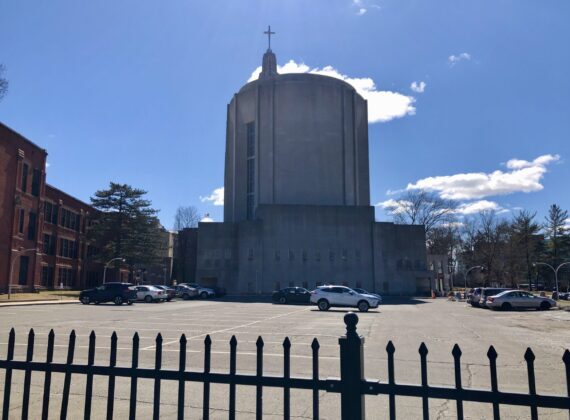Listening to WNPR the other day I learned about a climate change exhibit at a museum in Waterbury. When I visited their website to find out hours and directions, I saw that they only listed driving instructions. Paradigms do not change on their own, so I sleuthed around for email addresses and then reached out to the staff members who I thought most likely to be able to fix this, pointing out the inconsistency of dedicating wall space to this topic but not taking it from intellectual exercise to actual practice. Within the hour I heard back, graciously, that they would fix it.
This is not my first time trying to convince a cultural organization to be more inclusive. Usually, I’m met with silence. A few times I’ve heard some version of “we’re on it,” but months, years later, they still have not prioritized patrons that they did not immediately identify with. The organizations I reach out to are mostly not the barebones house museums with fewer than five staff members; I make requests of those who I think have a reasonable capacity to honor a request that should not cost them no more than 15 minutes of an employee’s time.
Could a potential visitor look up bus/train directions on their own? Yes, but so can someone driving.
Here’s the happy ending: the Mattatuck Museum made good within 48 hours of the request and they weren’t even generic about it. I’m naming them here because they’re an example of an organization being open to feedback and making it easier for visitors to reach them. Their efforts are not going unnoticed.

From the outside, it can seem like museums are unchanging with the times, and many do not move fast enough to counter that assumption. From the inside, cultural workers are having and have been having important conversations. If a particular institution wasn’t doing this previously, the shift in 2020 forced consideration of who and what museums are for.
Of the many discussion threads, one is about how to make museums and other cultural organizations more inviting to a wider ranger of visitors. There are probably a hundred ways to approach that. The one place that I begin is the organization’s website: if you include parking and driving directions, you need to include accurate public transportation directions. This can be as simple as naming the bus routes that stop within a five-minute walk of the organization and a link to the transportation provider (CTtransit, SEAT, etc.) — and even if the visitor could have figured this out on their own, it’s a sign of welcome to those who are using public transit for any number of reasons (disability, age, economics, environment, loving the bus, whatever).
Modernizing museums should not start and end with a website edit, yet it’s very simple and costs basically nothing. . . which means that those who won’t change are potentially saying a lot about their values.
Cultural organizations, like individual humans, are often stuck in a rut of perfectionism. They might have those right values, while failing to get started because they are unable to immediately institute every change they would like to. It’s not unlike the person who won’t take a bus anywhere because it’s not convenient for them 5 out of 7 days. They see only what they can’t accomplish and freeze, rather than grasping at opportunities.
All of this is to say that more Connecticut museums should expect to hear from me in the next year if they haven’t bothered to include whole segments of the population on their Directions pages, and now they’ll be held to the standard set by the Mattatuck Museum: get it done, well, and within 48 hours.


